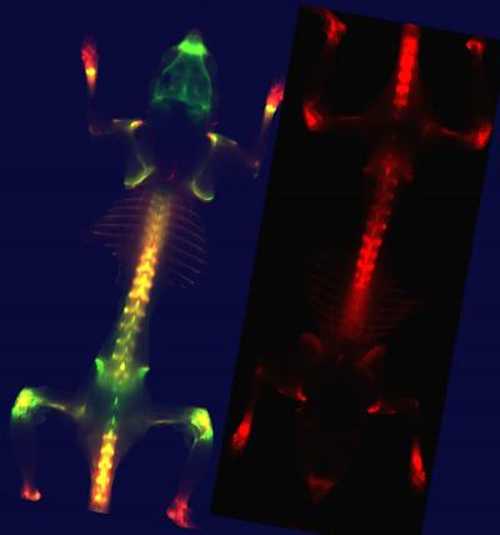- Editor
- Posted On
Living against the clock: Does loss of daily rhythms cause obesity?
When Thomas Edison tested the first light bulb in 1879, he could never have imagined that his invention could one day contribute to a global obesity epidemic.
Electric light allows us to work, rest and play at all hours of the day, and a paper published recently in Bioessays suggests that this might have serious consequences for our health and for our waistlines.
Daily or “circadian” rhythms including the sleep wake cycle, and rhythms in hormone release are controlled by a molecular clock that is present in every cell of the human body.
This human clock has its own inbuilt, default rhythm of almost exactly 24 hours that allows it to stay finely tuned to the daily cycle generated by the rotation of the earth.
This beautiful symmetry between the human clock and the daily cycle of the Earth’s rotation is disrupted by exposure to artificial light cycles, and by irregular meal, work and sleep times.
This mismatch between the natural circadian rhythms of our bodies and the environment is called “circadian desynchrony.”
The paper, by Dr. Cathy Wyse, working in the chronobiology research group at the University of Aberdeen, focuses on how the human clock struggles to stay in tune with the irregular meal, sleep and work schedules of the developed world, and how this might influence health and even cause obesity.
“Electric light allowed humans to override an ancient synchronisation between the rhythm of the human clock and the environment, and over the last century, daily rhythms in meal, sleep and working times have gradually disappeared from our lives,” said Wyse. “The human clock struggles to remain tuned to our highly irregular lifestyles, and I believe that this causes metabolic and other health problems, and makes us more likely to become obese.”
“Studies in microbes, plants and animals have shown that synchronisation of the internal clock with environmental rhythms is important for health and survival, and it is highly likely that this is true in humans as well,” Wyse added.
The human clock is controlled by our genes, and the research also suggests that some people may be more at risk of the effects of circadian desynchrony than others.
For example, humans originating from Equatorial regions may have clocks that are very regular, which might be more sensitive to the effects of circadian desynchrony.
Shiftwork, artificial light and the 24-hour lifestyle of the developed world mean that circadian desynchrony is now an inevitable part of 21st century life.
Nevertheless, we can help to maintain healthy circadian rhythms by keeping regular meal times, uninterrupted night-time sleep in complete darkness, and by getting plenty of sunlight during daylight hours.
Dr. Wyse believes that circadian desynchrony affects human health by disrupting the systems in the brain that regulate metabolism, leading to an increased likelihood of developing obesity and diabetes.
“The reason for the relatively sudden increase in global obesity in the developed world seems to be more complicated than simply just diet and physical activity,” she said. “There are other factors involved, and circadian desynchrony is one that deserves further attention.”
She added, “Our 24-hour society has come at the high price of circadian desynchrony. There are many factors driving mankind towards obesity but disrupted circadian rhythms should be considered alongside the usual suspects of diet and exercise.”



 How to resolve AdBlock issue?
How to resolve AdBlock issue? 




